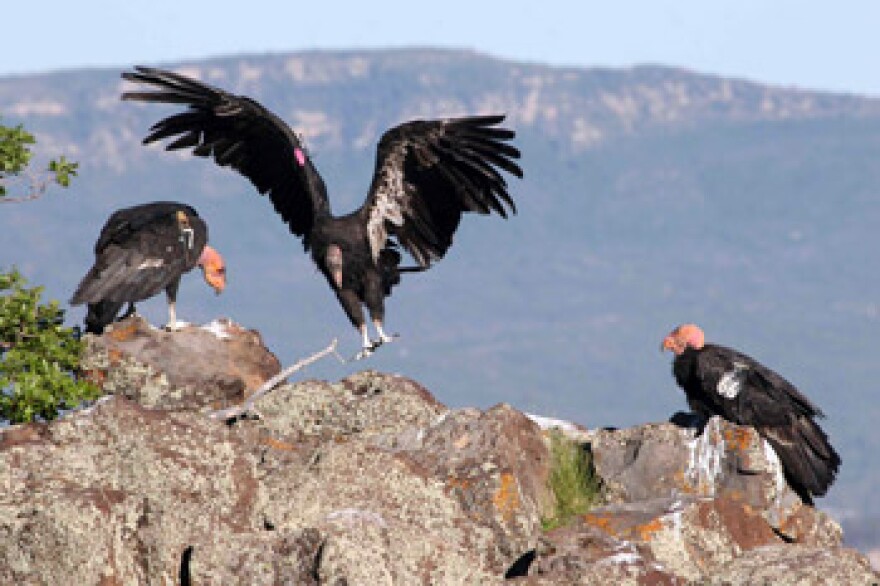To reduce human threats to western birds, scientists have been exploring effects of severe fires and lead poisoning on California condors.
“I think lead poisoning is the big issue, the majority of condor deaths are due to lead poisoning. And so, you know, the next step comes with, alright, 'well, what are we going to do about that,' and that's been a concerted effort by managers and people in communities. Talking about the drawbacks of using lead ammunition for hunting," said Dr. Jonathan Hall, an assistant professor at West Virginia University.
Hall studies the interface between humans and wildlife and will be speaking at the Ecology Center at Utah State University on Tuesday and Wendesday.
California condors are an endangered vulture species found in Utah's Zion National Park. According to Hall, the birds are deeply threatened by lead poisoning from spent hunting shot. Hall also said movement away from beneficial indigenous fire practices has increased fire severity across critical condor habitat.
"We're looking at these large fires, and they're a big concern because of the habitat transformation that happens from them, and because what we're seeing with these large fires is very different than what has existed on this landscape for years.” said Hall.
Yet, regional interest in producing healthier fire regimes and banning lead shot may offer hope for this rare bird.
“I think that there needs to be a more critical evaluation of the ways in which the dominant culture is interacting with the environment, and there needs to be more conversation and more learning from indigenous communities who have been much better stewards of the land," Hall said. "That'll hopefully inform policy on how these landscapes are managed. Looking at the effect of lead policy on condor exposureI think we're moving forward because hunting has impacts so we need to talk about those impacts.”



